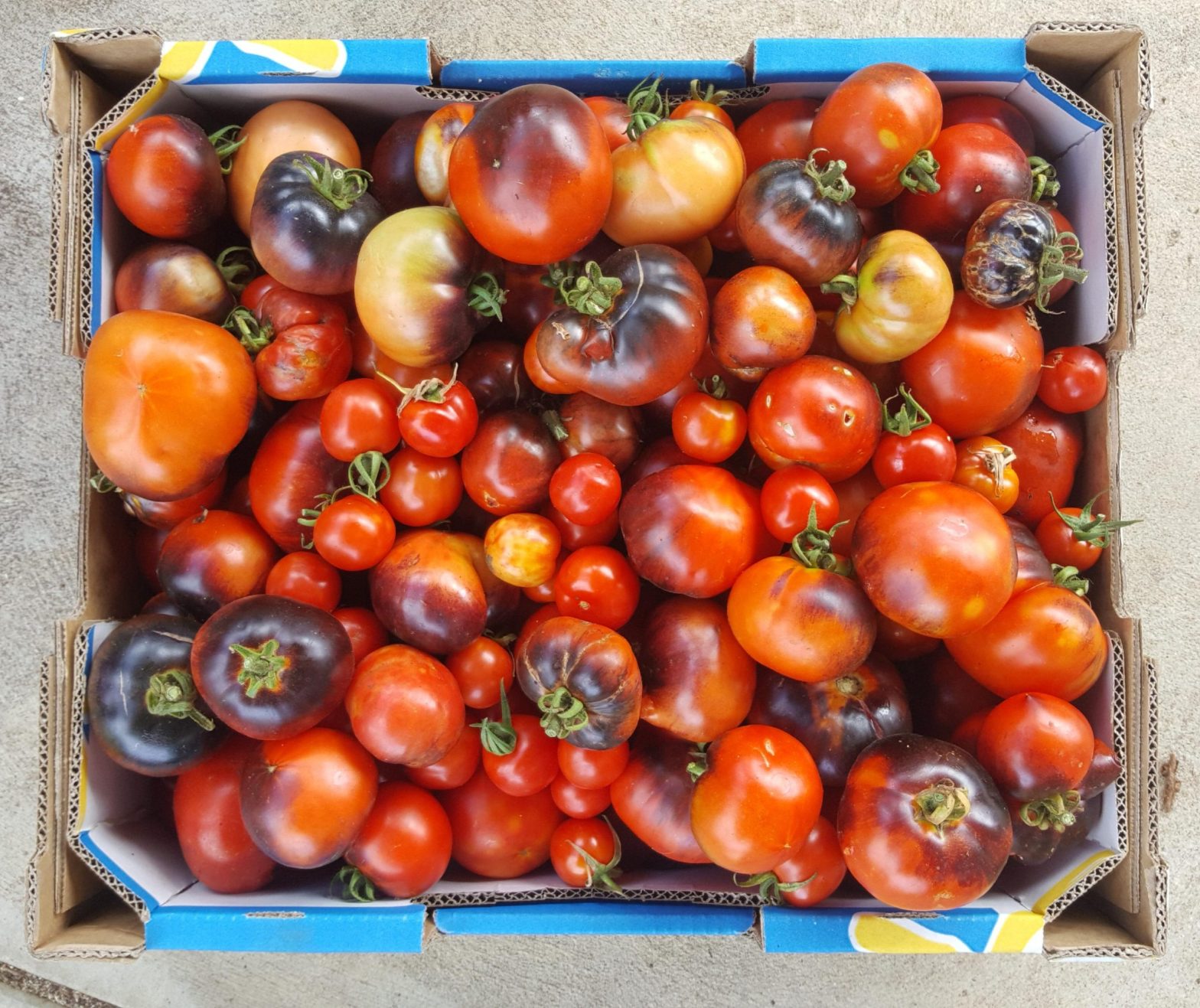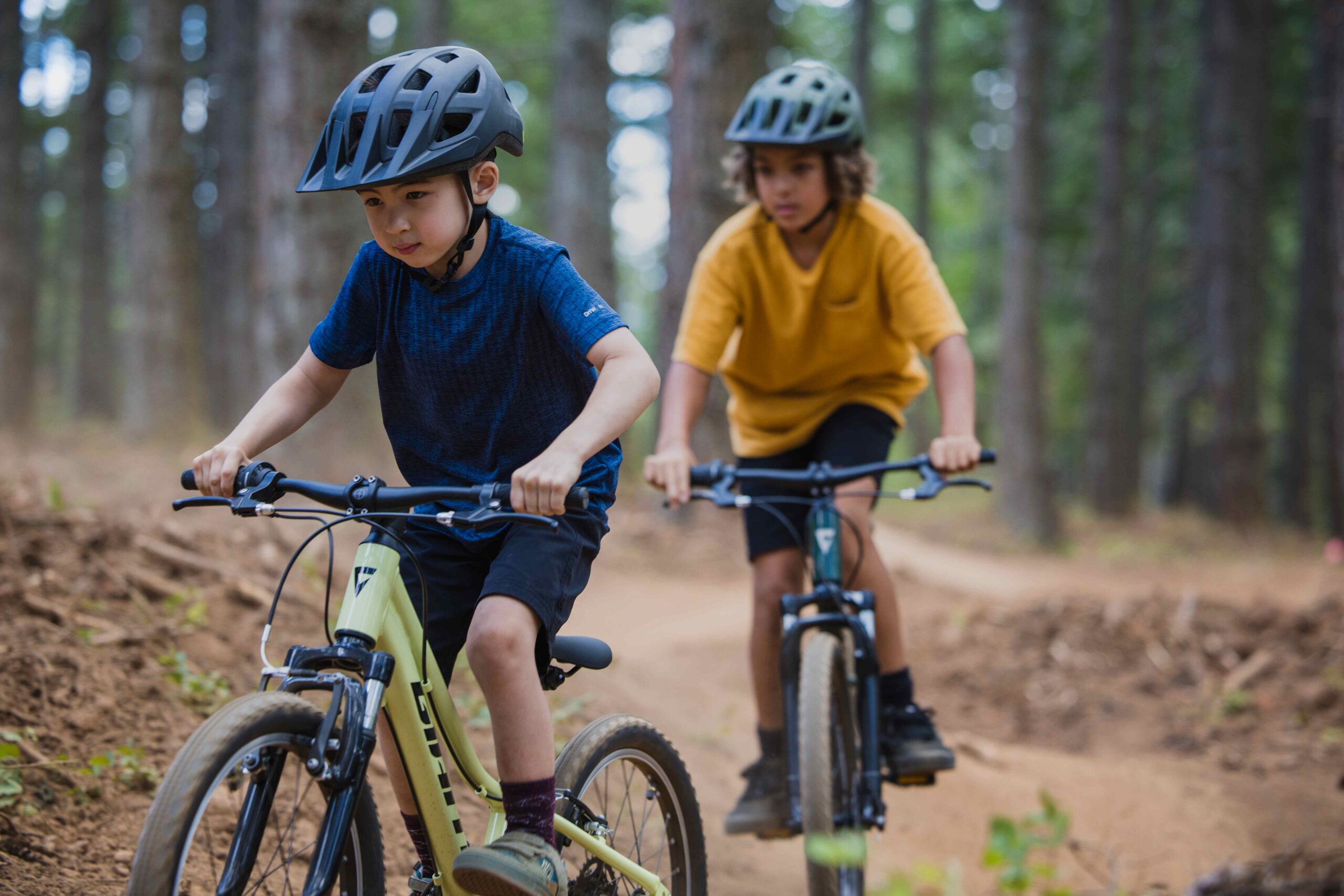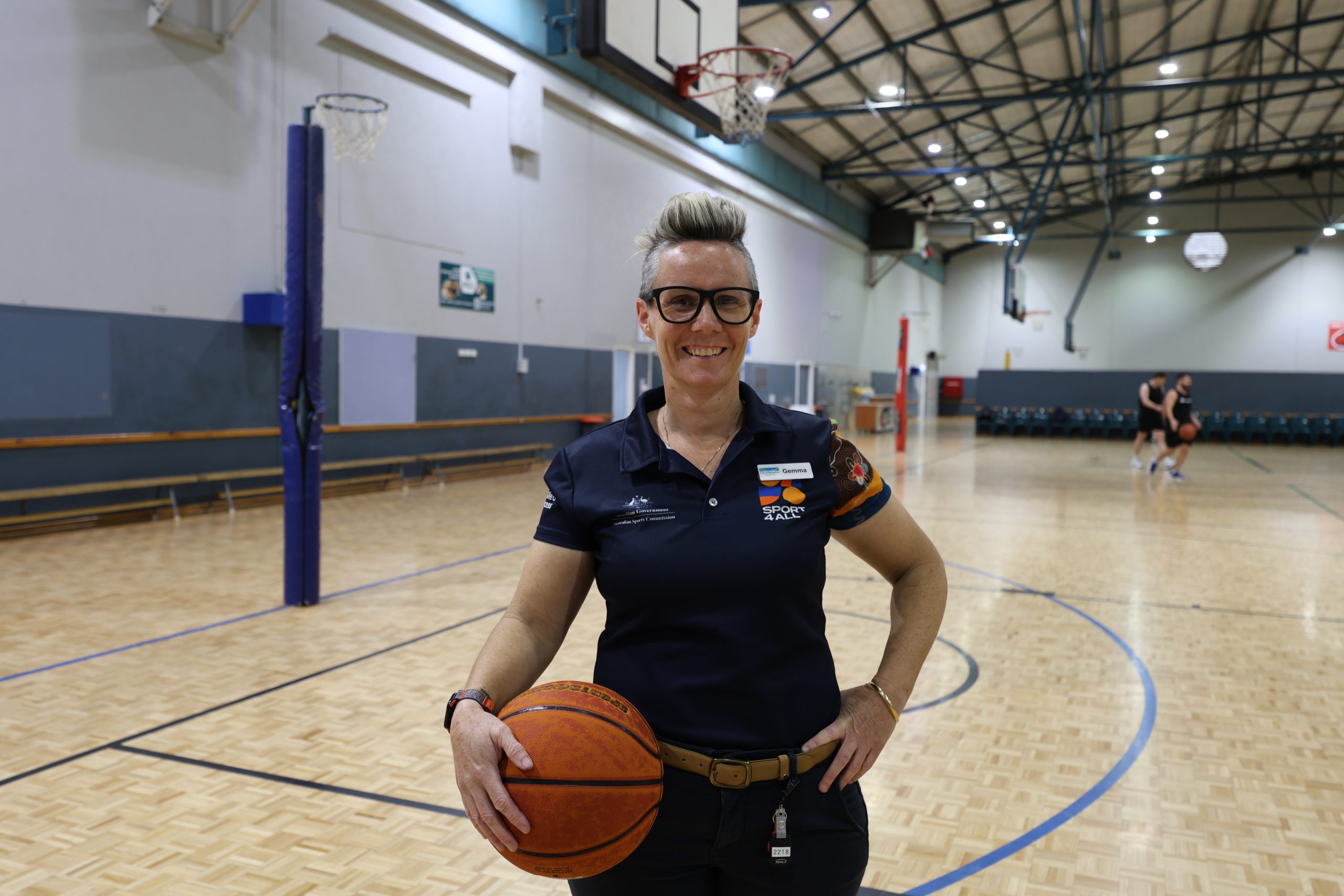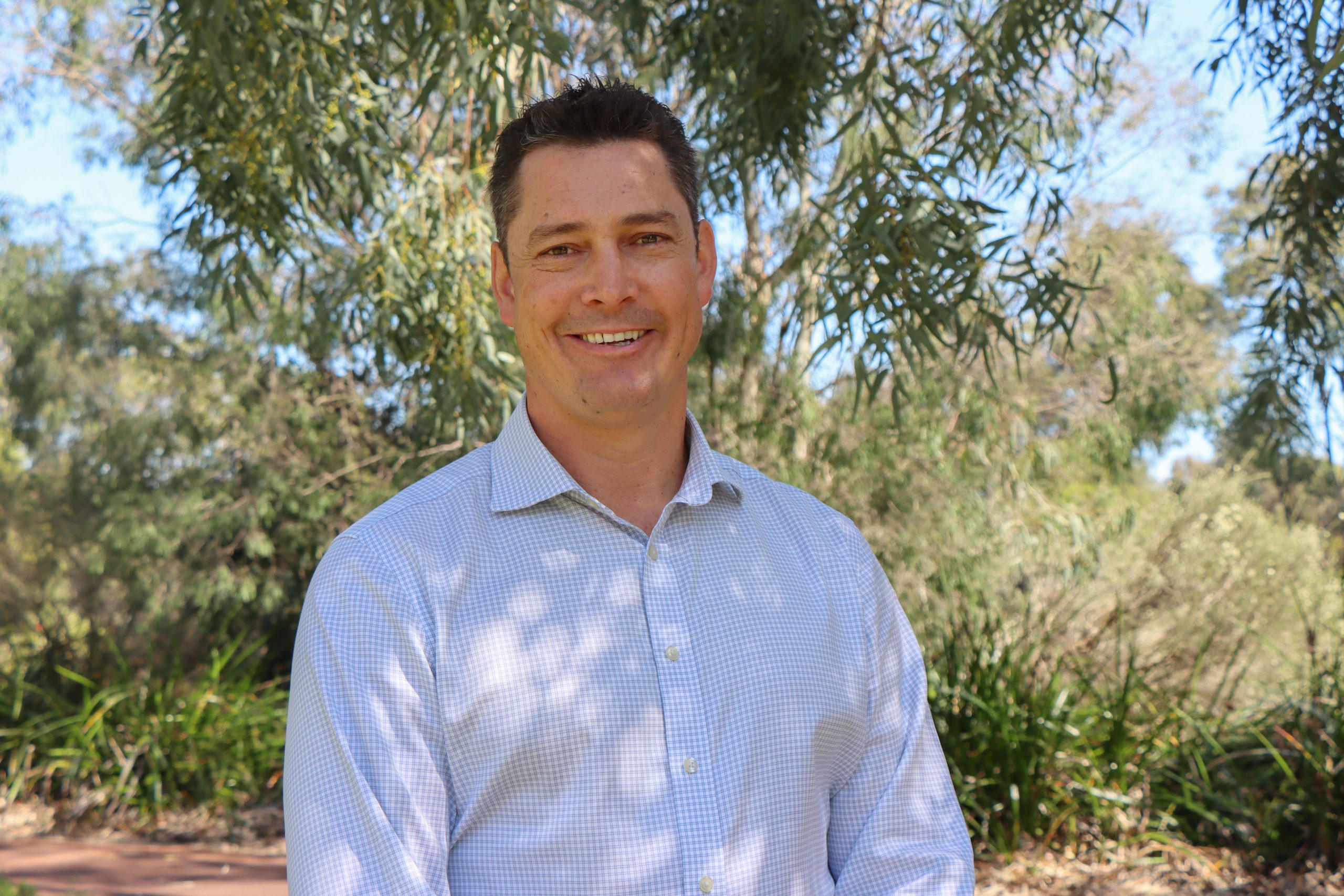Quick! Time for tomatoes | In Your Patch

Although our 2022 MRPS Kitchen Garden tomato harvest was very successful, we're doing things differently this year.
The time has finally come to plant tomato seedlings into the ground. To ensure a great crop, like most things it’s all about the preparation.
Make sure you have plenty of space for each plant to avoid pests and diseases from too little air flow.
Make sure your beds have good manure, mulch, access to water, and full sun for at least eight hours a day.
Plant a mix of determinate and indeterminate varieties so you get the best of both worlds.
Determinate grow to a certain height, but the fruits can be heavy and a cage may still be needed to keep them off the ground and away from hungry mouths.
They also all ripen at the same time, making them popular for preserving.
And don’t prune them, as you’ll get less fruit. If you’re after a longer season, where your tomatoes ripen at different times over several months, indeterminate are the ones for you.
They are vines and will grow as such, so they’ll need a good structure to climb up.
These are the type you hear people talking about when they say they’ve had tomatoes growing all year (usually in a hot house but wow it’s still impressive to hear).
You get fewer tomatoes at one time, but you get them for longer.
Unfortunately, not all plant tags will tell you what type of tomato you are buying so do your research or take your phone with you so you can google a particular variety to see what type you’re considering buying.
We’ll be planting only indeterminate cherry tomatoes in the school garden this year, utilising the large arch located outside the chicken coop that we constructed several years ago.
We’ll prep the soil by adding some compost and dynamic lifter, then a layer of mulch, then it will sit for a few weeks where it will continue to receive water.
This will ensure the soil will not turn hydrophobic and will also contain high levels of microbiological activity.
We’ve never planted tomatoes at this site.
And it receives good sun.
So all the best prep rules will have been followed.
We’ll then plant, removing all lower leaves from the seedlings and burying the stems deep in the soil.
Remove flowers (if there are any) to direct energy into leaf growth.
We will be leaving a foot of space between plants as we’re going to prune. If we weren’t going to prune, we would need to double or even triple that space.
The entire point of pruning tomatoes is to maximise the number and quality of fruit, while minimising pests and diseases.
Research shows us that a pruned and staked plant will produce larger fruit and fruit earlier than a plant that is left to its own devices.
And guess what – it’s not hard! It’s about removing what we call suckers while they are small and less likely to wound the plant on removal.
Wound sites are open to the air and therefore open to infection. The smaller the wound site, the less open to infection it is.
How do you tell what is a sucker? I read a good article recently that compared them to the human body.
We grow arms out from our body – a sucker would be an extra arm growing out from your armpit. If that happened you’d be removing that sucker as fast as possible!
The other thing is to top them when they’ve grown to the top of your trellis.
That’s right, just cut them straight off and continue to do so if they try to keep growing.
As if you don’t, you’ll end up with a tangled mess hanging down all over your plant, creating a haven for pests and diseases.
Topping will also focus energy into fruit production.
So that’s about the size of it. We’ll follow the progress of our tomatoes over the coming months in this column with tips on feeding, further pruning, encouraging flowers, and general care.
If reading this article has motivated you to get out in the garden you may like to consider studying Horticulture at TAFE.
Now’s the time to enrol for 2024, with some courses heavily subsidised. If you’d like to learn more about topics like propagation, soil health and plant nutrition, identifying pests and diseases, plant herbariums, maintaining indoor plants, pruning techniques, and a whole lot more, contact South Regional TAFE Margaret River on 6371 3800.
You don’t have to be a green-thumb, but you may just learn how to become one!
There’s something to suit all skill levels and speaking from experience, it’s a great place to hone your skills and meet like-minded people.
Enjoy the spring weather and get your tomatoes into the ground now.
Happy gardening.
Terri Sharpe is Coordinator and Garden Specialist of the Margaret River Primary School Kitchen Garden Program.


















